- DroidAfrica
- Gadgets
- Xiaomi
- Xiaomi Redmi Note 7 Pro
Xiaomi Redmi Note 7 Pro

Xiaomi Redmi Note 7 Pro Highlights and Overview
Xiaomi Redmi Note 7 Pro is the higher version of the Redmi Note 7. This version comes with a more beefed up Snapdragon CPUs, and provide up to 128GB internal storage. And just like the Redmi Note 7, this unit packs a 6.3-inch Full HD+ waterdrop notch display with 1.95mm narrow bezels and an impressive 81.37% screen-to-body ratio.
The device is powered by Qualcomm Snapdragon 675 SoC along with Adreno 612 GPU and up to 6GB of RAM. The Redmi Note 7 Pro runs on Android Pie with MIUI 10 out of the box.
The main highlight of the smartphone is its 48-megapixel rear camera with 1/2″ Sony IMX586 sensor with f/1.79 aperture. It offers 12MP output by default using super pixel tech, but you can enable 48MP output in Pro mode. It has a 5-megapixel secondary camera for portrait shots and also comes with AI features such as steady handheld night photography.
There is a 13-megapixel camera on the front with AI beautify and AI portrait features as well as AI face unlock. It has an Aura design with a glass back with 2.5D Corning Gorilla Glass 5 protection, has a gradient design, rear-mounted fingerprint sensor, features P2i nano coating making it splash proof.
The Xiaomi Redmi Note 7 come loaded with a high density 4000mAh battery with support for Qualcomm Quick Charge 4.0 for 18W fast charging. Other specifications and hidden features of the Xiaomi Redmi Note 7 Pro and highlighted in the table below.
Xiaomi Redmi Note 7 Pro Full Specifications and Features
NETWORK
| Technology | GSM / HSPA / LTE |
| 2G Network Bands |
GSM 850 / 900 / 1800 / 1900 - SIM 1 & SIM 2 (dual-SIM model only) CDMA 800 & TD-SCDMA |
| 3G Network Bands |
HSDPA 850 / 900 / 1900 / 2100 CDMA2000 1xEV-DO |
| 4G Network Bands | LTE band 1(2100), 2(1900), 3(1800), 4(1700/2100), 5(850), 7(2600), 8(900), 20(800), 28(700), 38(2600), 39(1900), 40(2300), 41(2500) |
| Speed | HSPA 42.2/5.76 Mbps, LTE-A (3CA) Cat9 450/50 Mbps |
LAUNCH
| Also Known As |
- - |
BODY
| Dimensions | 159.2 x 75.2 x 8.1 mm (6.27 x 2.96 x 0.32 in) |
| Weight | 186 g (6.56 oz) |
| Build | Front/back glass (Gorilla Glass 5), plastic frame |
| SIM Type | Hybrid Dual SIM (Nano-SIM, dual stand-by) |
DISPLAY
| Display Type | IPS LCD capacitive touchscreen, 16M colors |
| Size | 6.3 inches, 97.4 cm2 (~81.4% screen-to-body ratio) |
| Resolution | 1080 x 2340 pixels, 19.5:9 ratio (~409 ppi density) |
PLATFORM
| Operating System | Android 9.0 (Pie); MIUI 10 |
| Chipset | Qualcomm SDM675 Snapdragon 675 (11 nm) |
| CPU | Octa-core (2x2.0 GHz Kryo 460 Gold & 6x1.7 GHz Kryo 460 Silver) |
| GPU | Qualcomm Adreno 612 |
MEMORY
| RAM + ROM | 4/6 GB |
| Card Slot | Yes, up to 128 GB via microSD card (uses SIM 2 slot) |
MAIN CAMERA
| Camera Type | Double Lenses |
| Camera Sensor(s) | 48MP + 5MP main camera |
| Camera Features |
Autofocus Continuous shooting Digital zoom Optical zoom Geotagging Panorama HDR Touch focus Face detection White balance settings ISO settings Exposure compensation Self-timer Scene mode Sensor size - 1/2" Pixel size - 1.6 μm (4-in-1 pixel binning) Phase detection with Dual Pixel |
| Video Resolution | 2160p@30fps, 1080p@30fps |
SELFIE CAMERA
| Camera Type | Single Lens |
| Camera Sensor(s) | 13-megapixel |
| Camera Features |
f/2.0 aperture 1/4" Pixel Size, 1.0µm, Autofocus |
| Video Resolution | 1080p@30fps |
SOUND
| Loudspeaker | Yes |
| Speaker Location | Chin, below display |
| Audio Jack Type | Yes, 3.5mm audio jack |
CONNECTIVITY
| Bluetooth | Bluetooth 5.0, A2DP, LE |
| NFC | |
| GPS | Yes, with A-GPS, GLONASS, BDS |
| FM Radio | No |
BATTERY
| Battery Capacity | Non-removable Li-Po 4000 mAh battery |
| Wireless Charging | No |
| Talk Time Talk Time is the longest time that a single battery charge will last when you are constantly talking on the phone under perfect conditions, Ambient temperature and highly dependent on the cellular network environment such as the distance to the closest cell network tower. | Up to 24 hours |
| Stand-by | Up to 380 hours |
OTHER FEATURES
| Sensors | Fingerprint (side-mounted), accelerometer, proximity, compass |
| Box Contents | Charging Brick / USB cable |
Xiaomi Redmi Note 7 Pro User Reviews and Opinions
Disclaimer Note
This specification was entered manually, hence we CANNOT guarantee 100% accuracy. Any error? Let us know in the comment section.










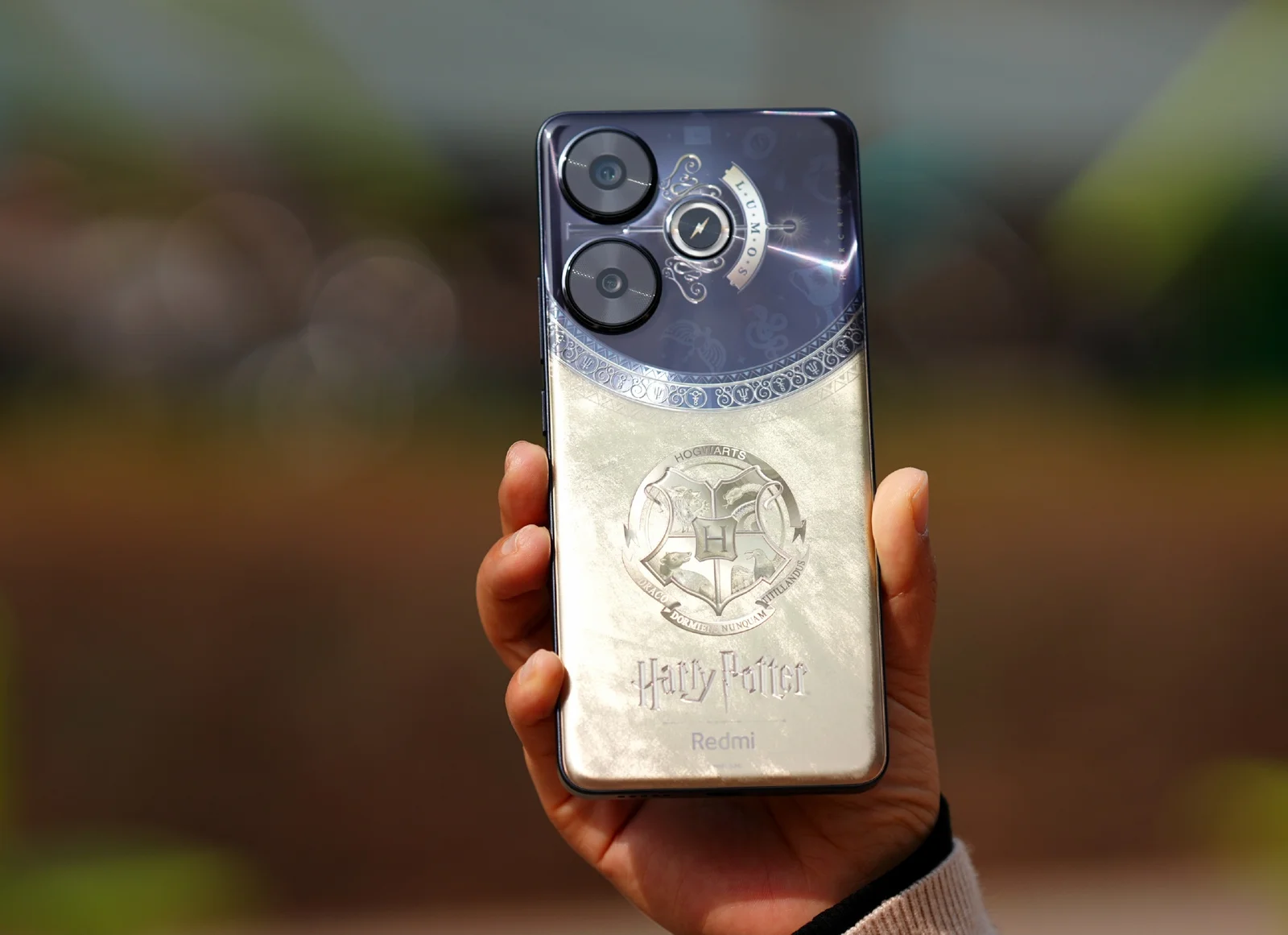
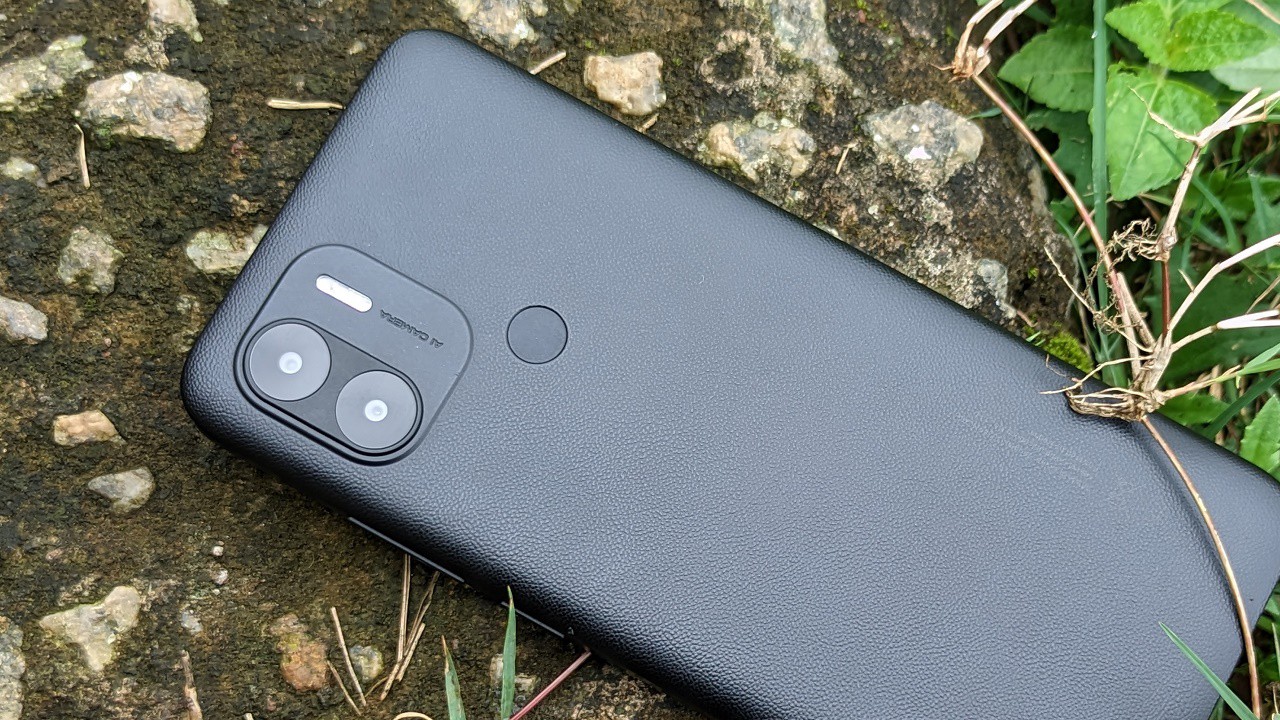
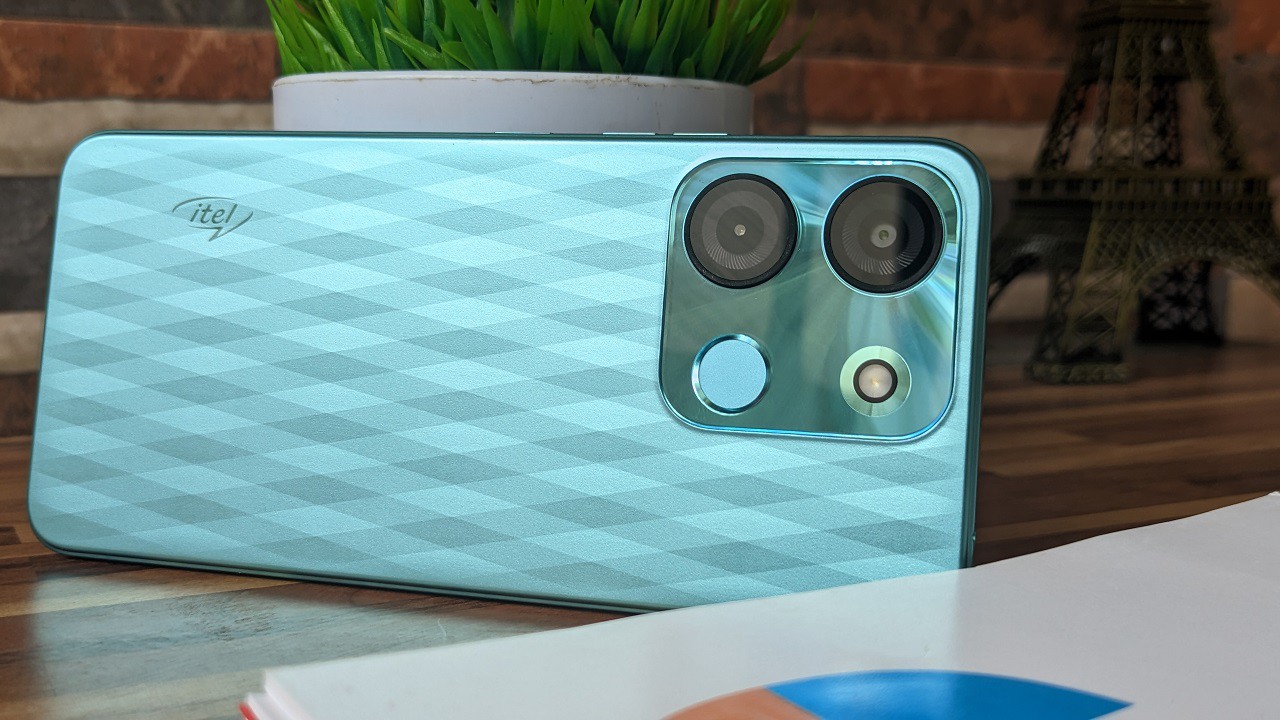
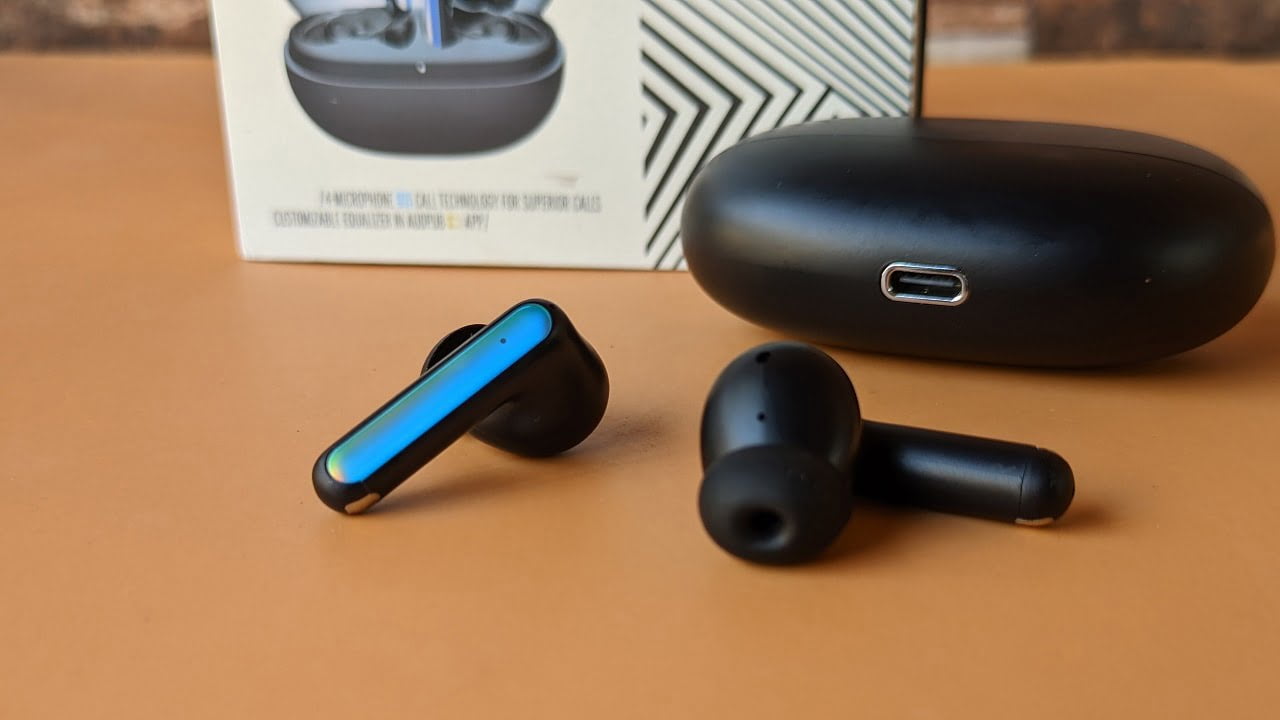
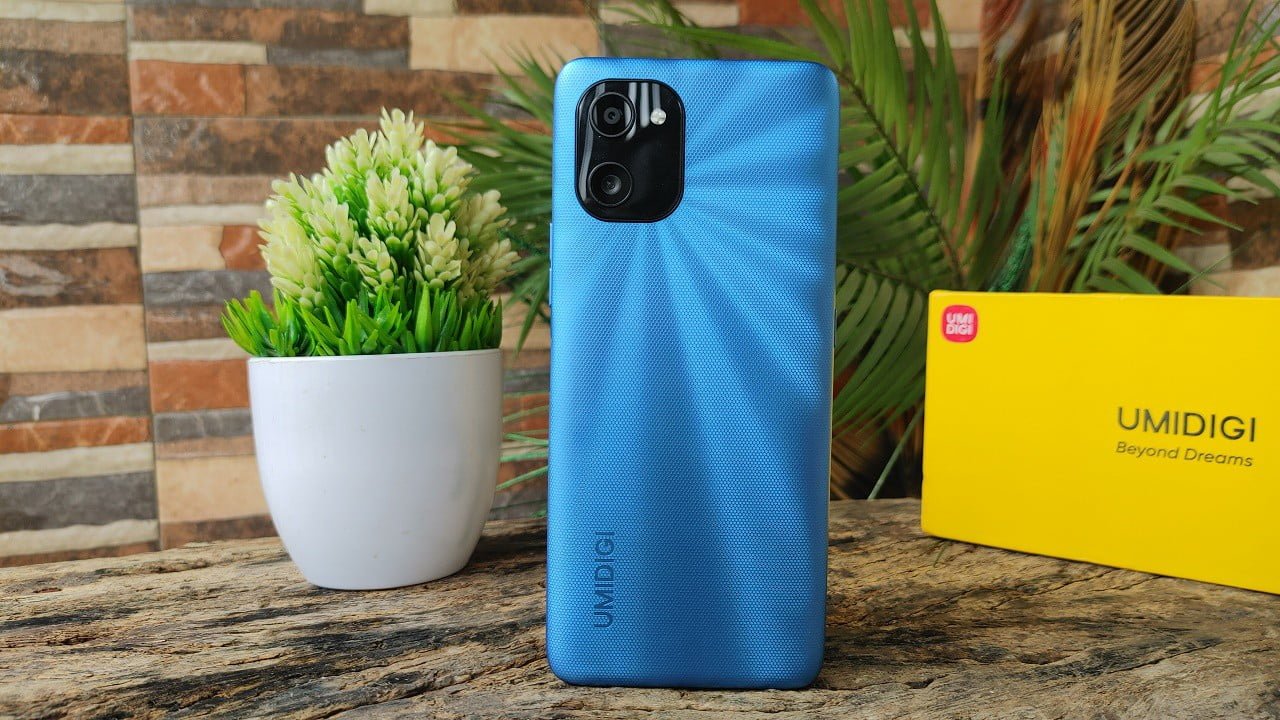
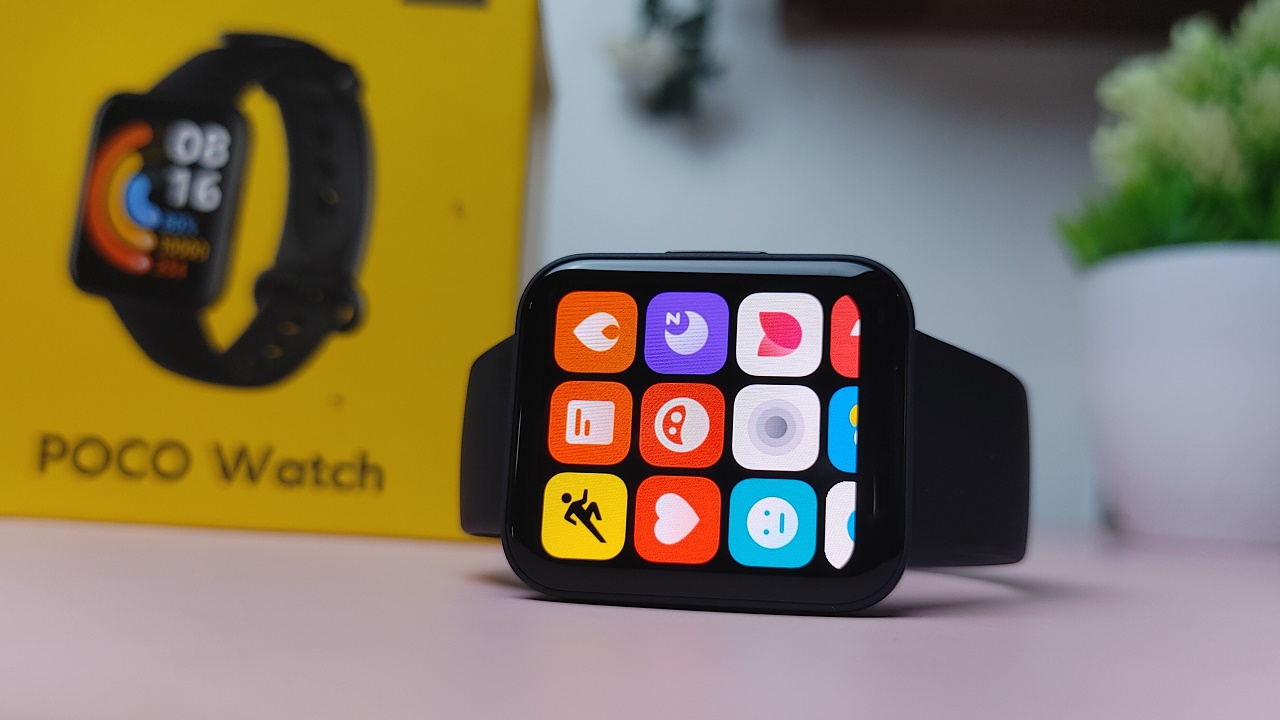
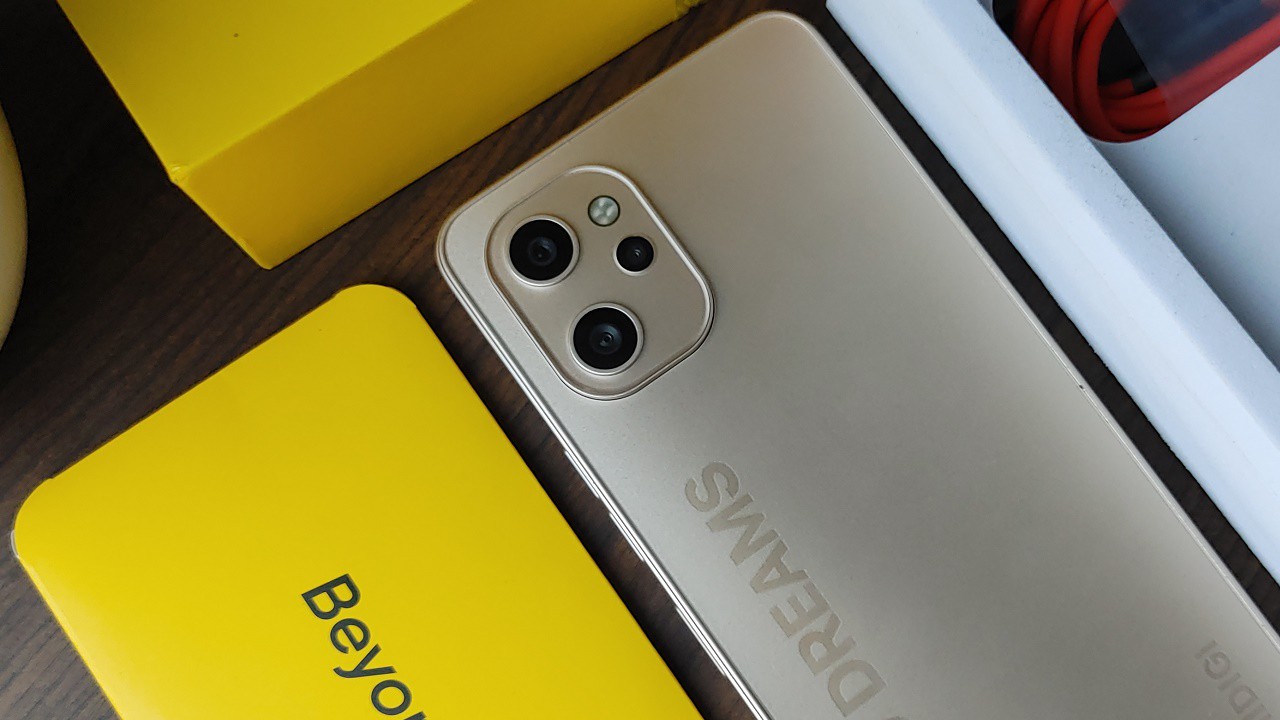
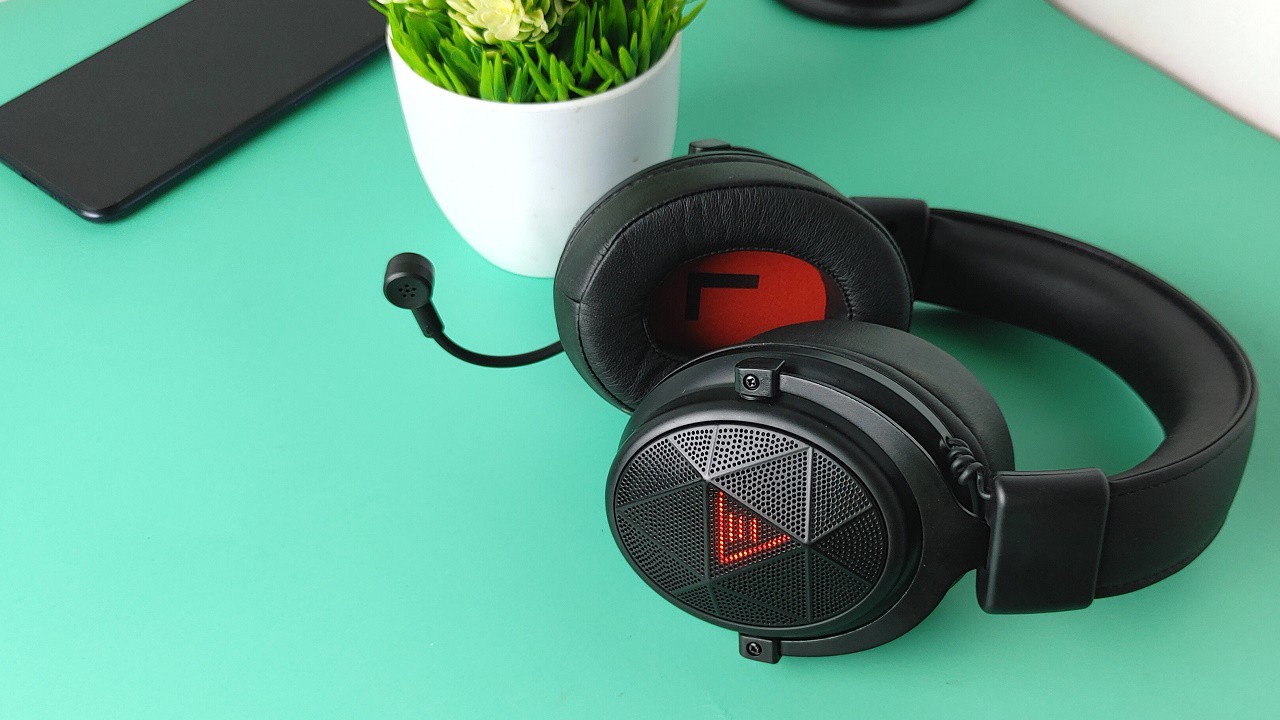
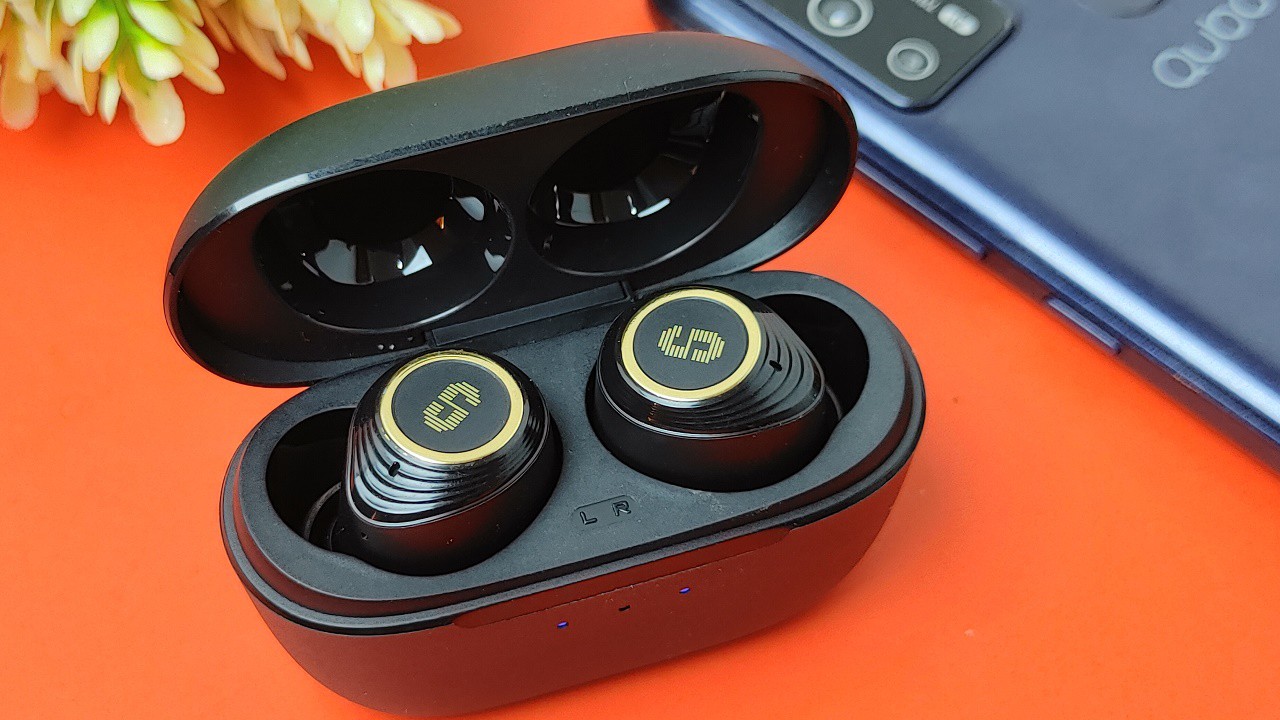
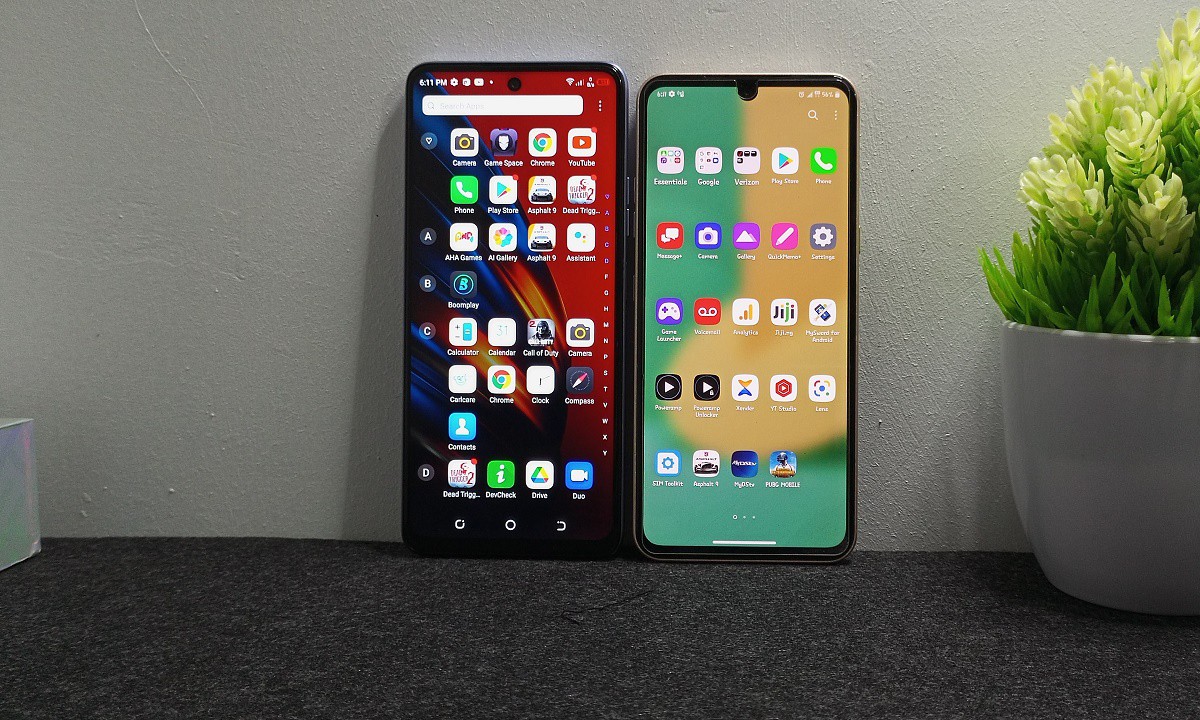

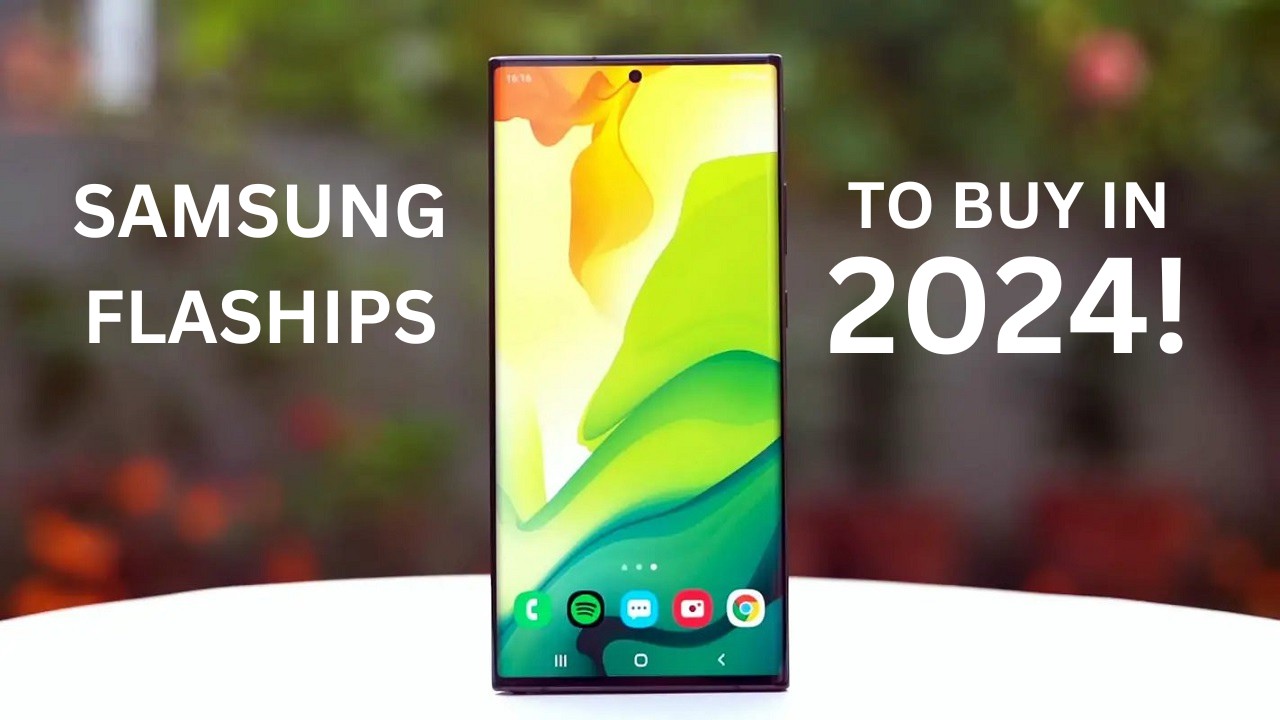
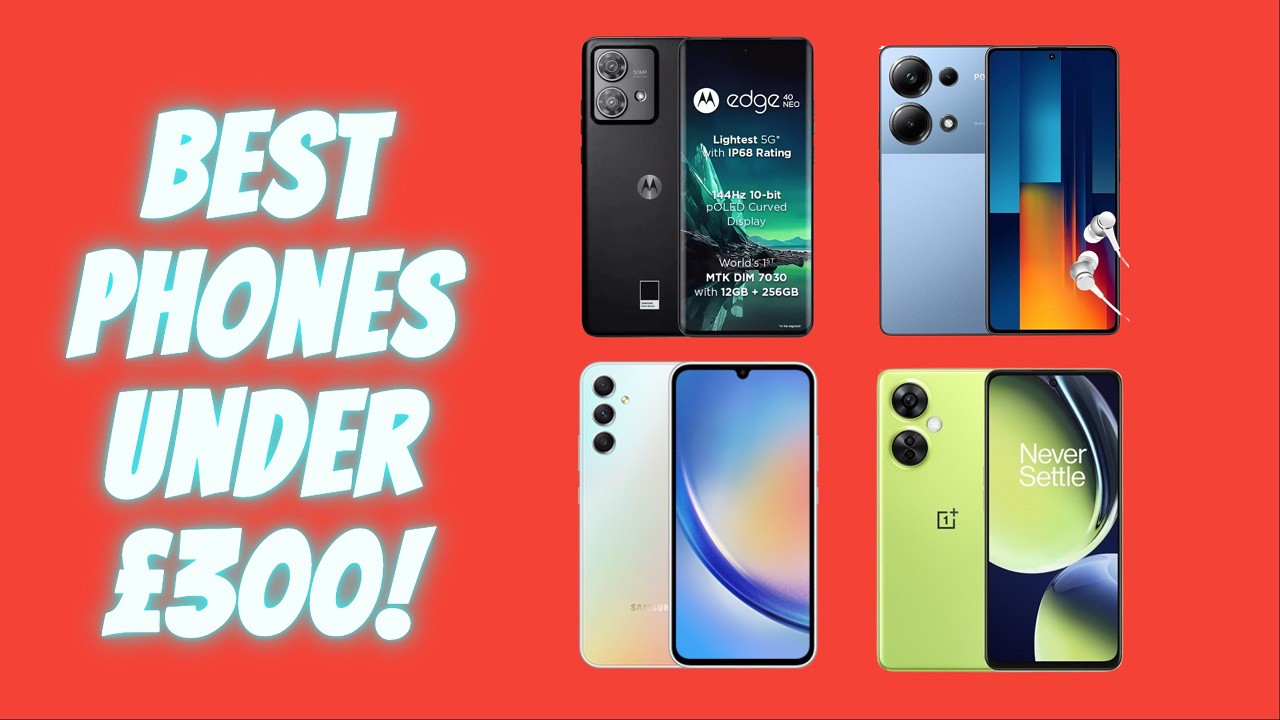

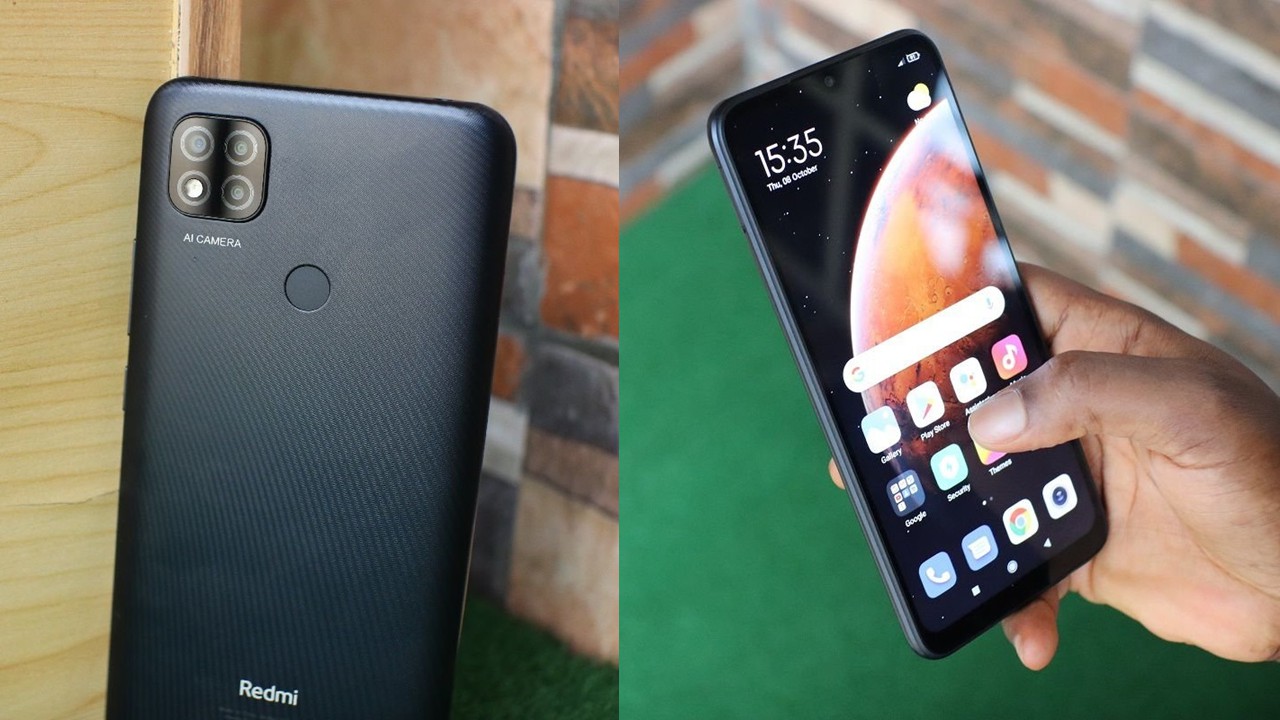
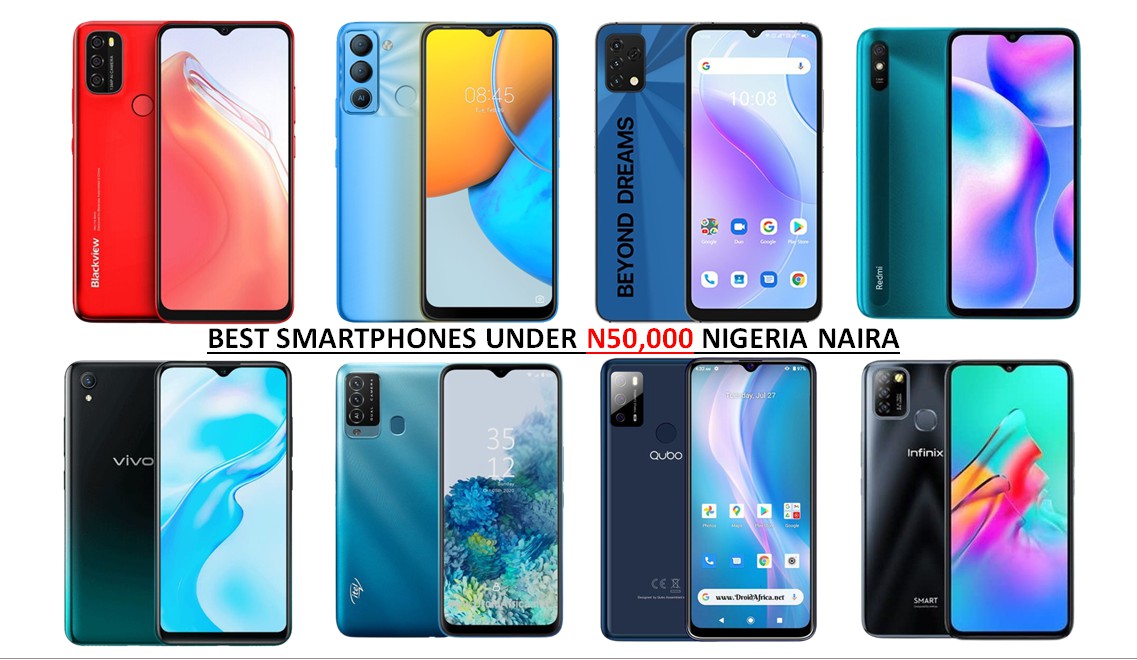
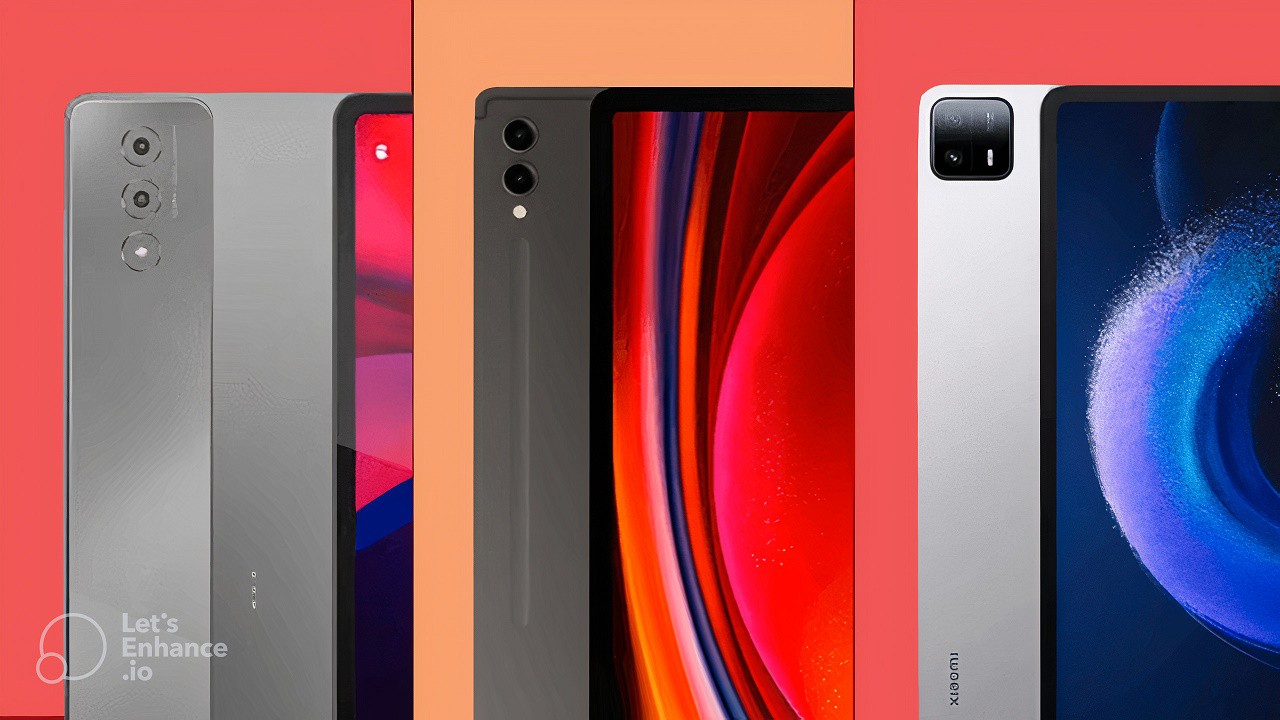
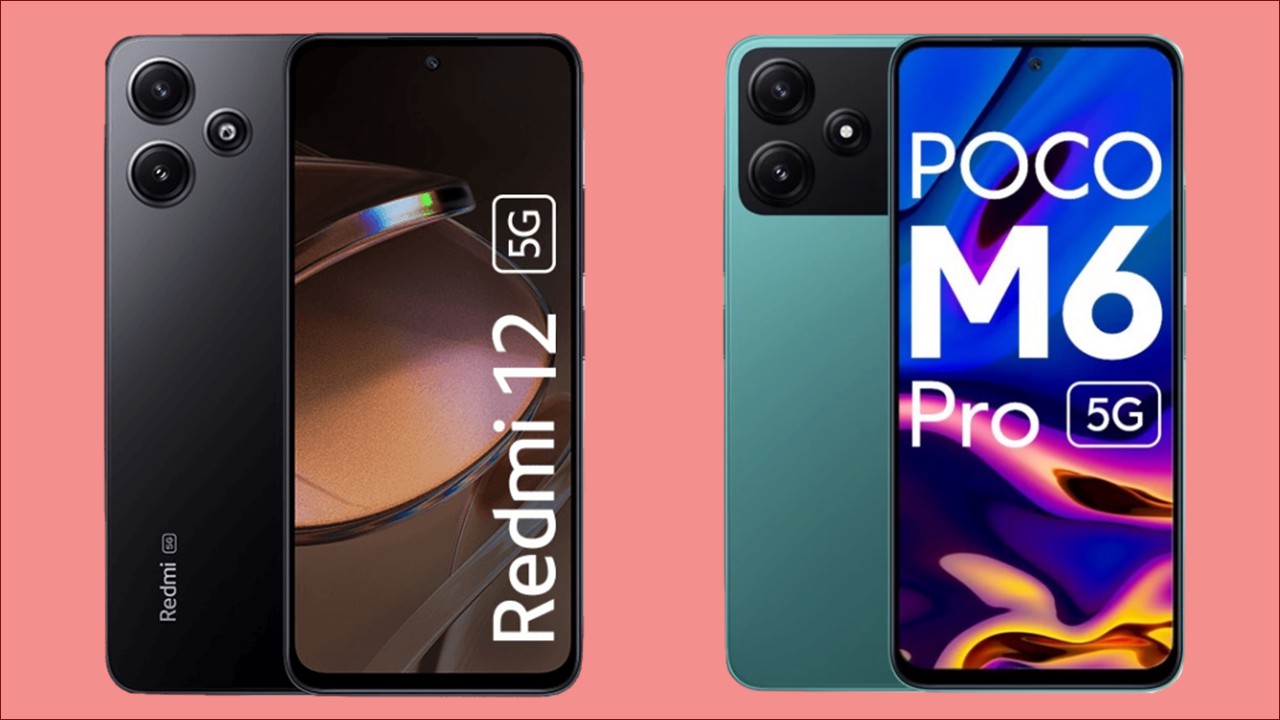
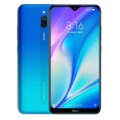
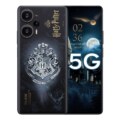
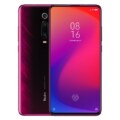
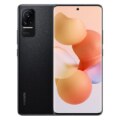
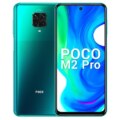
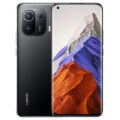
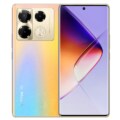
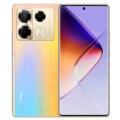
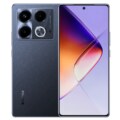
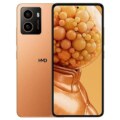
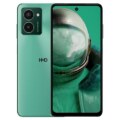


Leave a Reply